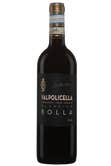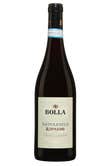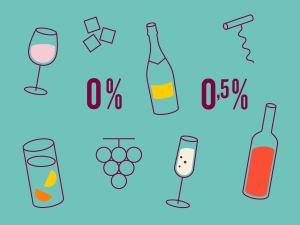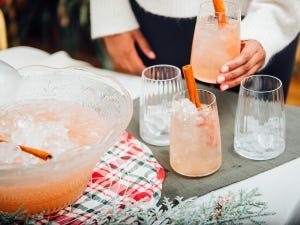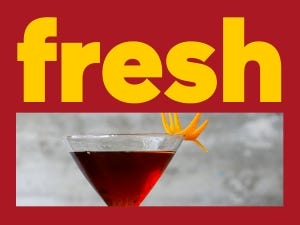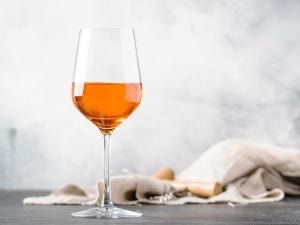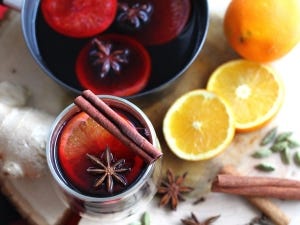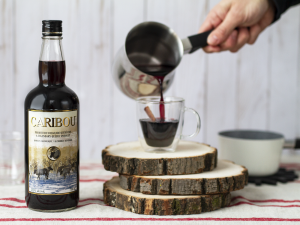Amarone, a true velvet wine, is usually more associated with autumn cuisine, but it also lends itself wonderfully to barbecues. As this appellation produces more high-end wines, we’ve got a cuvée that you won’t soon forget, from the family behind its success, no less. Get to know the history of the Bolla family and Amarone della Valpolicella to better enjoy your tasting and in turn, share the cuvée and family history with your guests at your noble dinner.
If you’re looking for a more supple or lighter option, the estate also offers two reds, and one white, to pair with your big and small garden feasts. Andiamo to the patio!
A bit of history
The history of the Bolla house begins in the municipality of Soave in 1883 when Alberto Bolla was still a child. Already driven by the spirit of entrepreneurship, young Bolla spent a lot of time in his parents' tavern cellar when he had the idea of selling their production to other taverns in the region. Twenty years later, the operation extended to Venice where Alberto opened a restaurant with his brother. The history of the house is then marked by the arrival of Alberto's eldest son, Giorgio, as the oenologist. He understood the full potential of the region and added the production of red wines such as Recioto, Valpolicella and later Amarone, to the already well-established white Soaves.
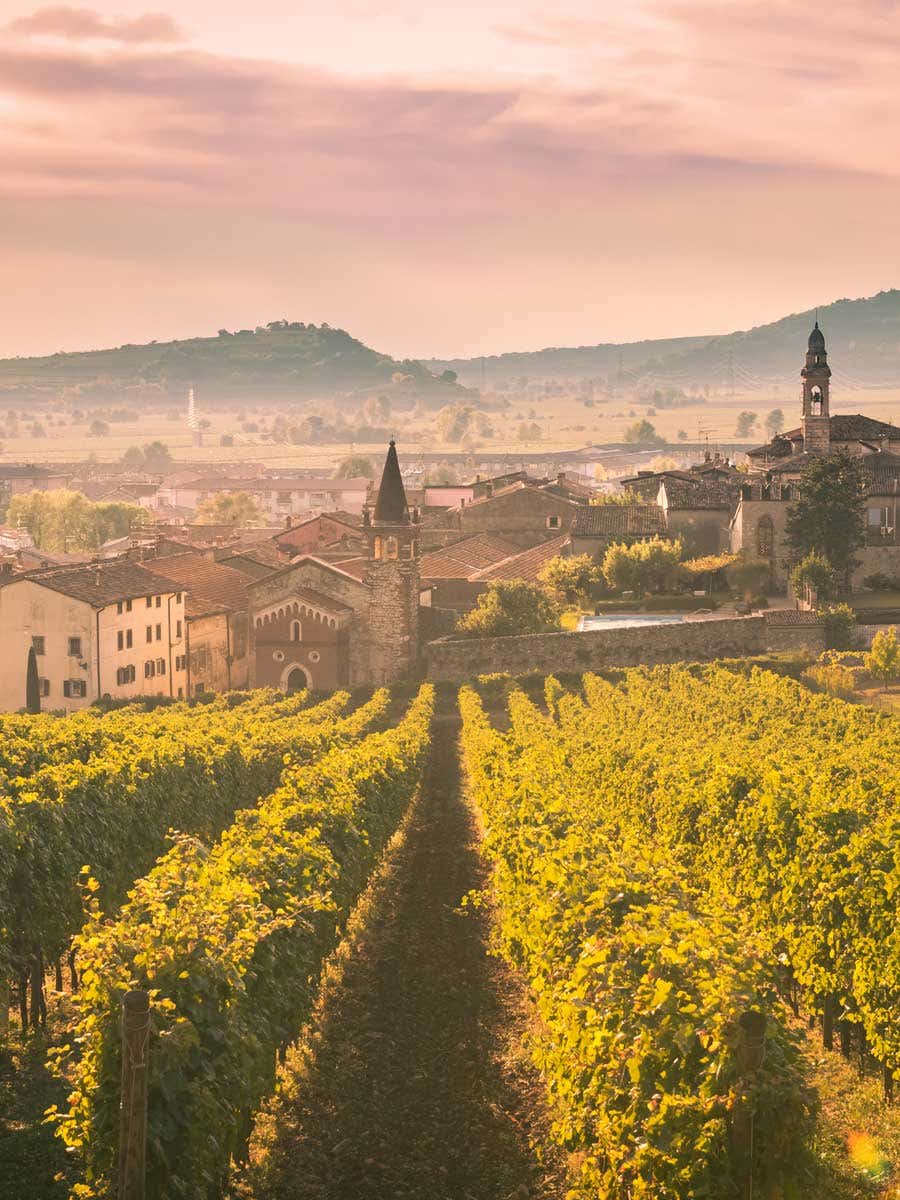

Armed with this extensive wine portfolio, the family then conquered the rest of Italy as well as the United States. The story goes that the famous Frank Sinatra even refused to sit down at an establishment unless it had Bolla's Soave on its menu.
3 Bolla wines to try now
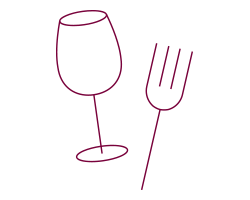
Chef pairing
To accompany the Valpolicella Classico, a classic of the appellation with its lively fruitiness and welcome freshness, chef Olivier Grat
To view the store map, you must accept the “Optional: Marketing content and enhanced services” cookies and other technologies and the « Youtube » partner, and refresh the page.
French only
"A very versatile dry wine with floral notes and flavours of red berries."
- Chef Olivier Gratton
Bolla Retro Valdadige
Taking advantage of the altitude and freshness found in Trentino Alto Adige, in the north of Veneto, this cuvée of Pinot Grigio, a very popular grape in the region, is quite simply perfect as an aperitif or served with seafood bites before a meal.
Bolla Valpolicella Ripasso Classico Superiore
After going through the grape marc (solid parts like the skins of the grapes) left over from the region's prestigious appellation, Amarone della Valpolicella, this wine acquires more character than the regular version of Valpolicella, on top of gaining woody notes in this case. A great choice for BBQ fare.
Creator of Amarone
Well established in the region and in the estate, Recioto, a sweeter but well-balanced red wine, could sometimes be fermented too long. Its sugars then concentrated the alcohol level more to create a more robust and very dry red. Named at the time "The Recioto that got away" this wine was particularly difficult to produce but was Alberto Bolla’s favourite. Educated in oenology and determined, his son Giorgio began to intentionally produce this wine in 1950 for his father's octogenarian birthday. It was therefore three years of aging later, for the wine and for the father, that the very first commercialized vintage was presented to Alberto for his 80th birthday with family, friends, and the specialized press in 1953. And just like that, Amarone was officially born.
Bolla Le Origini Amarone della Valpolicella 2017
The name of this cuvée recalls the role of the Bolla family in the genesis and diffusion of Amarone throughout the world. Made from the best grapes from their best vineyard, Le Origini reveals a deep garnet colour and a bouquet of cherry, plum, chocolate, tobacco and wood. The full-bodied palate offers notes of cocoa and spices. Decant or wait a few more years. A perfect pairing with Florentine steaks (on the barbecue).
What is Amarone?
Amarone della Valpolicella is among Italy’s prestigious Denominazione di Origine Controllata e Garantita (DOCG) wines produced using the appassimento technique, which consists in letting the grapes (mainly corvina, rondinella and molinara) dehydrate naturally on the trellises to concentrate the sugars and aromas, fermenting them slowly over 40 to 50 days and then transferring the wine to barrels to age. Amarone wines have a high alcohol content (up to 16% or 17%) and are quite dry and highly complex.
In partnership with Dandurand / Gruppo Italiano Vini.

-
Inspiration
(810)
- Profiles (201)
- Interviews (85)
- Share (325)
- Trends (67)
- Tasting and service (51)
- Production methods (21)
- Conservation (5)
- Wine cultivation (27)
- Pairings and Taste Tags (26)
- The SAQ is here (53)
-
About us
(73)
- Press releases (60)
- Career (5)
- Clarifications (8)
- Sustainable development (21)
 Access to SAQ Inspire personalized services and store inventories are unavailable at the moment.
Access to SAQ Inspire personalized services and store inventories are unavailable at the moment. Free in-store delivery with purchases of $75+ in an estimated 3 to 5 business days.
Free in-store delivery with purchases of $75+ in an estimated 3 to 5 business days. 


